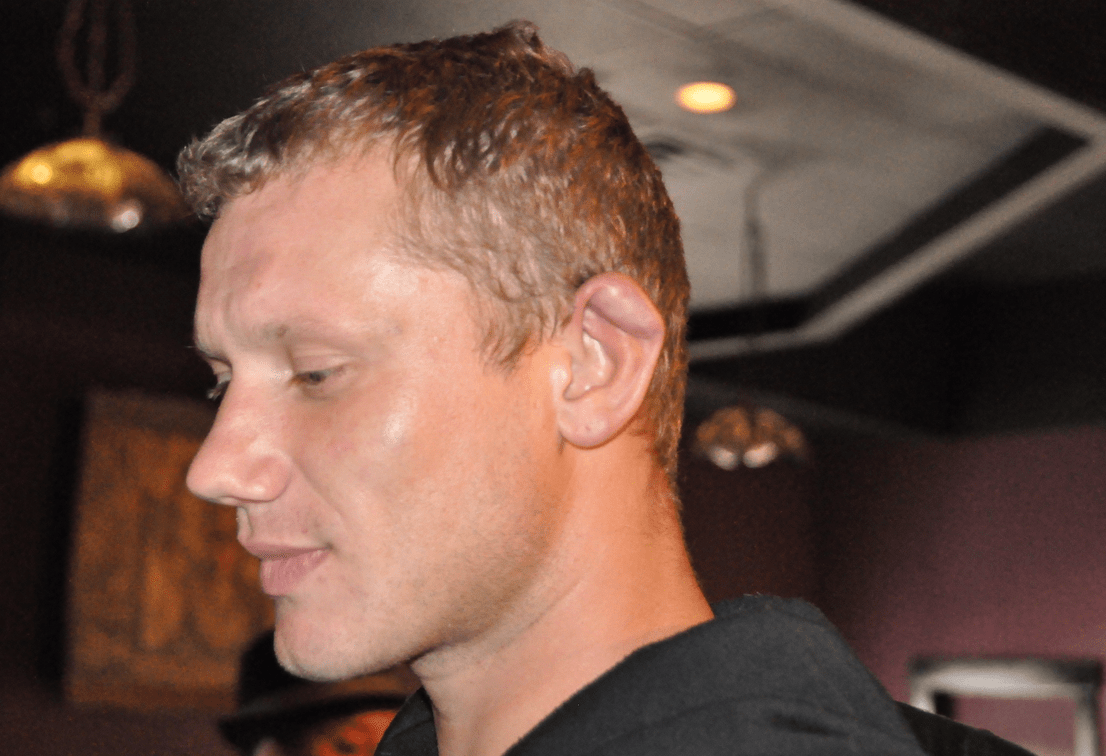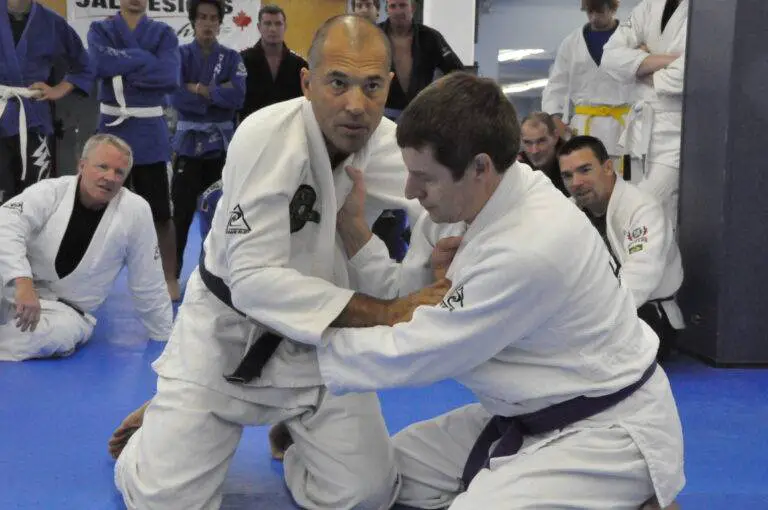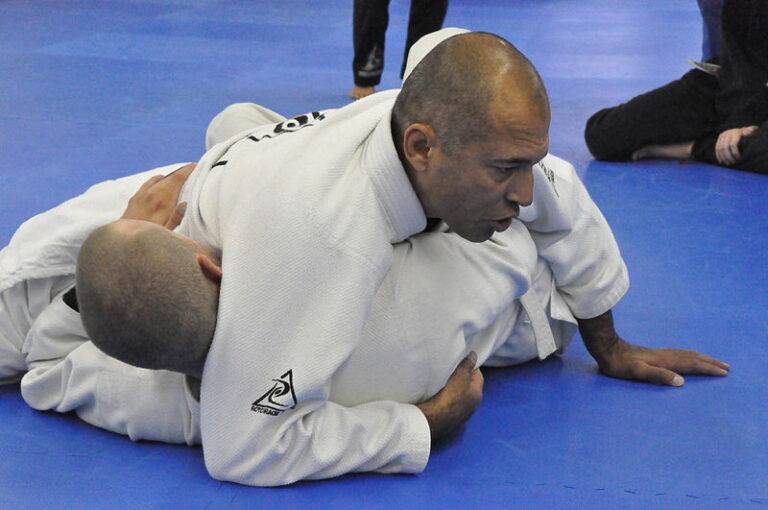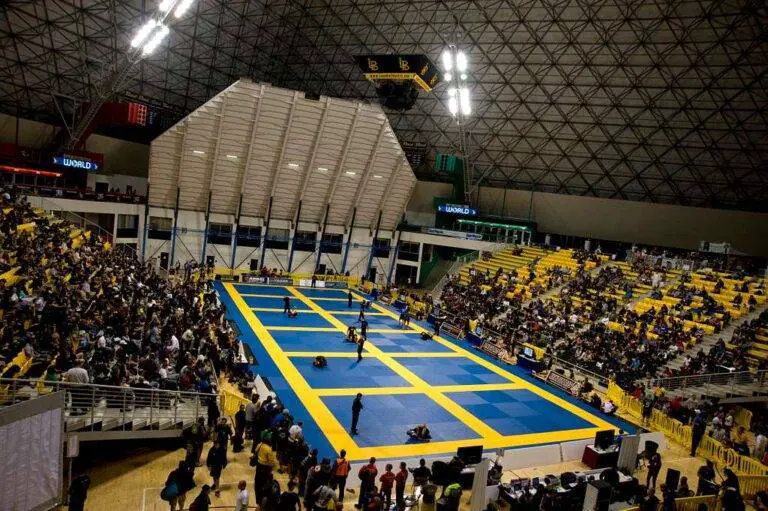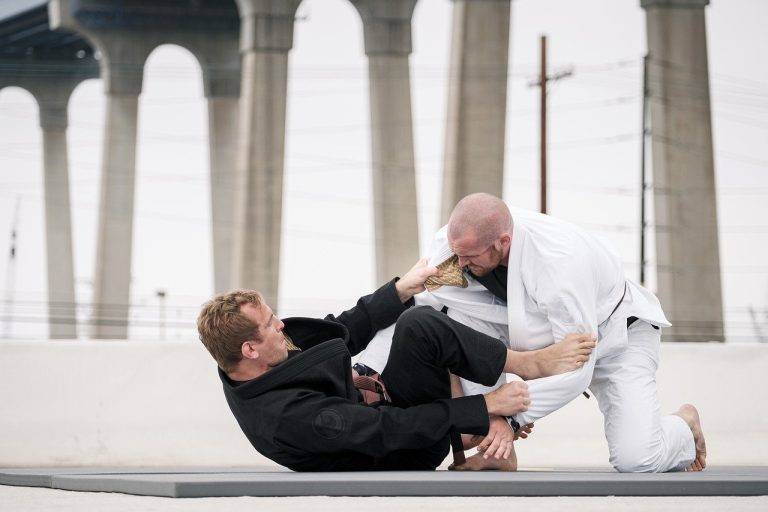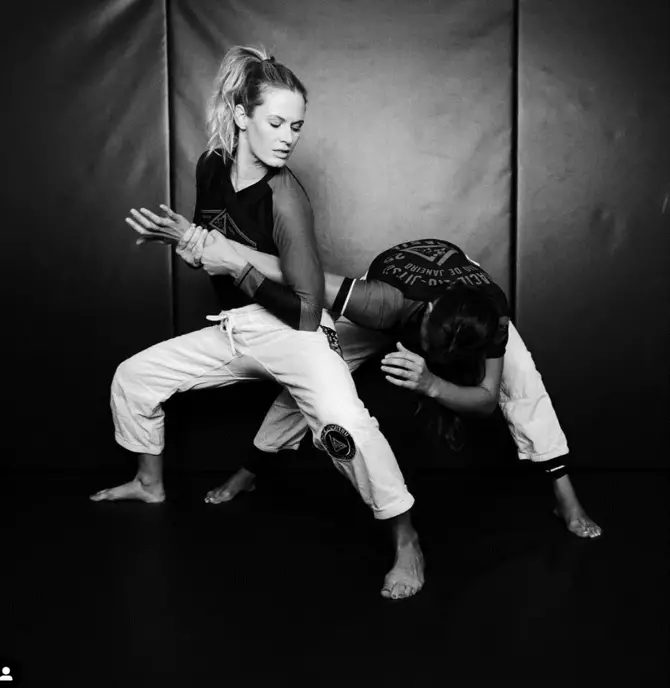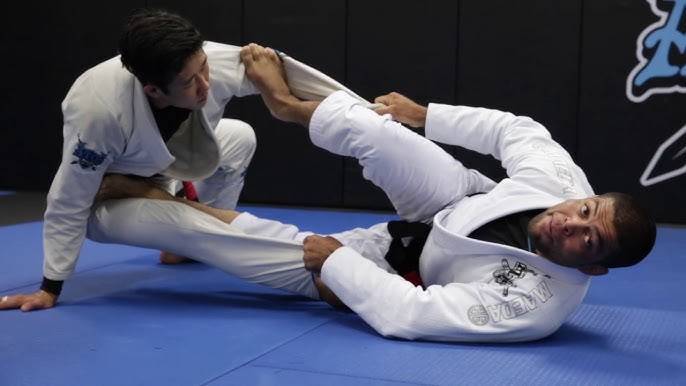How to prevent Cauliflower ear in BJJ
There are many martial arts and contact sports where you might encounter cauliflower ear. From rugby and boxing to high school wrestling, it’s not just Brazilian Jiu Jitsu athletes that have to deal with swollen, lumpy ears. So what can you do about it?
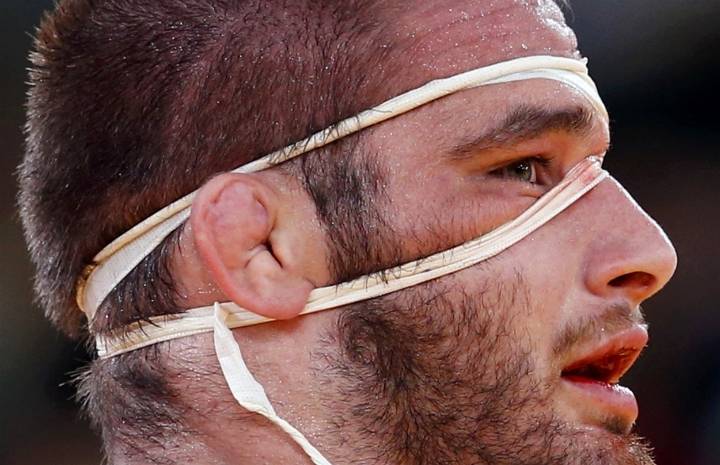
What is cauliflower ear?
Cauliflower ear, (known in scientific terms as Auricular Hematoma) is a condition where your ears appear noticeably bulbous, wrinkled and/or swollen. This can happen after the ear(s) has been vigorously rubbed or hit repeatedly over a long period of time. What’s actually happening is layers of cartilage and connective tissue in your outer ear are separating, rubbing off each other and filling with blood and other fluid.
The ear is made up of three main parts: the outer ear, the middle ear, and the inner ear. The outer ear is the part of the ear that we can see, and it consists of the pinna (the visible part of the ear) and the ear canal. The middle ear is the space behind the eardrum, and it contains the ossicles (the three small bones that transmit sound to the inner ear). The inner ear is the part of the ear that is responsible for converting sound waves into nerve impulses that can be interpreted by the brain.
When the cartilage in the ear becomes damaged, it can become swollen and inflamed. This can cause the ear to become misshapen and may cause pain or discomfort. If the damage to the cartilage is severe enough, it may require medical attention. In some cases, surgery may be necessary to repair the damaged cartilage and restore the normal shape of the ear.
There are a lot of scenarios that might lead to getting “cauli ear” as it can be known. This includes grappling grappling sports like BJJ, Wrestling, Sambo and anything that involves fighting in and out of positions where your head is grinding against something. For example if you need to struggle out of a headlock or triangle choke, your ears will encounter a lot of friction and trauma in the process.
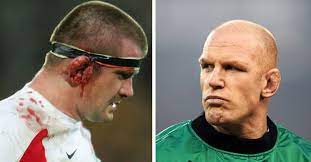
It is this trauma on the ear – or rather the repetitive trauma over time – that can lead to cauliflower ear developing. When you first develop cauli ear, it will be tender, swollen and probably painful. Eventually when the inflammation subsides you will notice the tissue harden a little as the cartilage dies and fibrous tissue forms in the area.
Historical Perspective
Cauliflower ear is not just a modern concern. Historical accounts trace back to ancient Greece and Rome, indicating its long-standing presence in combat sports. This condition has evolved into a symbol within martial arts, representing resilience and dedication. Understanding this cultural significance provides a deeper appreciation for the sport and its practitioners.
Why do I not get cauliflower ear but my training partners do?
Something interesting that you might notice is that cauli ear doesnt happen to everyone. And while there is a correlation between how much you train/fight and your likelihood of developing it, there’s no guarantee that you will. Everyones body is different, and just as you may be more prone to some injuries more than others, you may or may not end up with funny looking ears after years of practice. Eventually it wont hurt but the bulbous appearance of your ear will remain.
Beyond its cosmetic impact, auricular hematoma can lead to pain, inflammation, and potential complications affecting hearing. Vigilance and preventive measures on the mats are crucial to avoiding this common challenge in the BJJ community.

How can i prevent cauliflower ear?
- Protective headgear
So now you’re probably thinking: “That sounds awful, I don’t want it to happen to me”. And while it’s true that some people dont mind getting it (and others even wear it as a badge of honour), it’s understandable that you might want to take preventative measures to avoid it if possible.
The simplest and most obvious preventative measure is to protect your ears during contact. This can be achieved using special headgear in your sport of choice. When it comes to grappling, there are products out there specifically designed to be worn by grapplers to protect their ears. A quick search on Amazon or your Online Retailer of choice will pull up a huge range of grappling headgear and ear protection.

Depending on your personal preference you will have a choice of all sorts of sizes, colours, materials and brands when it comes to ear protection and head gear. So do some research and try some out until you find what works for you.
- Avoid excessive ear trauma during training
This one is easier said than done… but if you are really concerned about your ears, and you dont or cant wear headgear, it’s possible to modify or adjust your grappling game to avoid excessive rubbing of the ears.
For example in the case of Brazilian Jiu Jitsu, there are some positions/techniques that are much more harmful to your ears than others. These would include:
- Headlocks – any position where your opponent has wrapped your head.
- Triangle chokes – obviously triangles (with both legs and arms) will put a lot of pressure and friction on your ears.
- Wrestling scrambles – if you like to scramble in and out of positions where your head is glued to your opponents hip or belly, these can cause friction to the ears too.
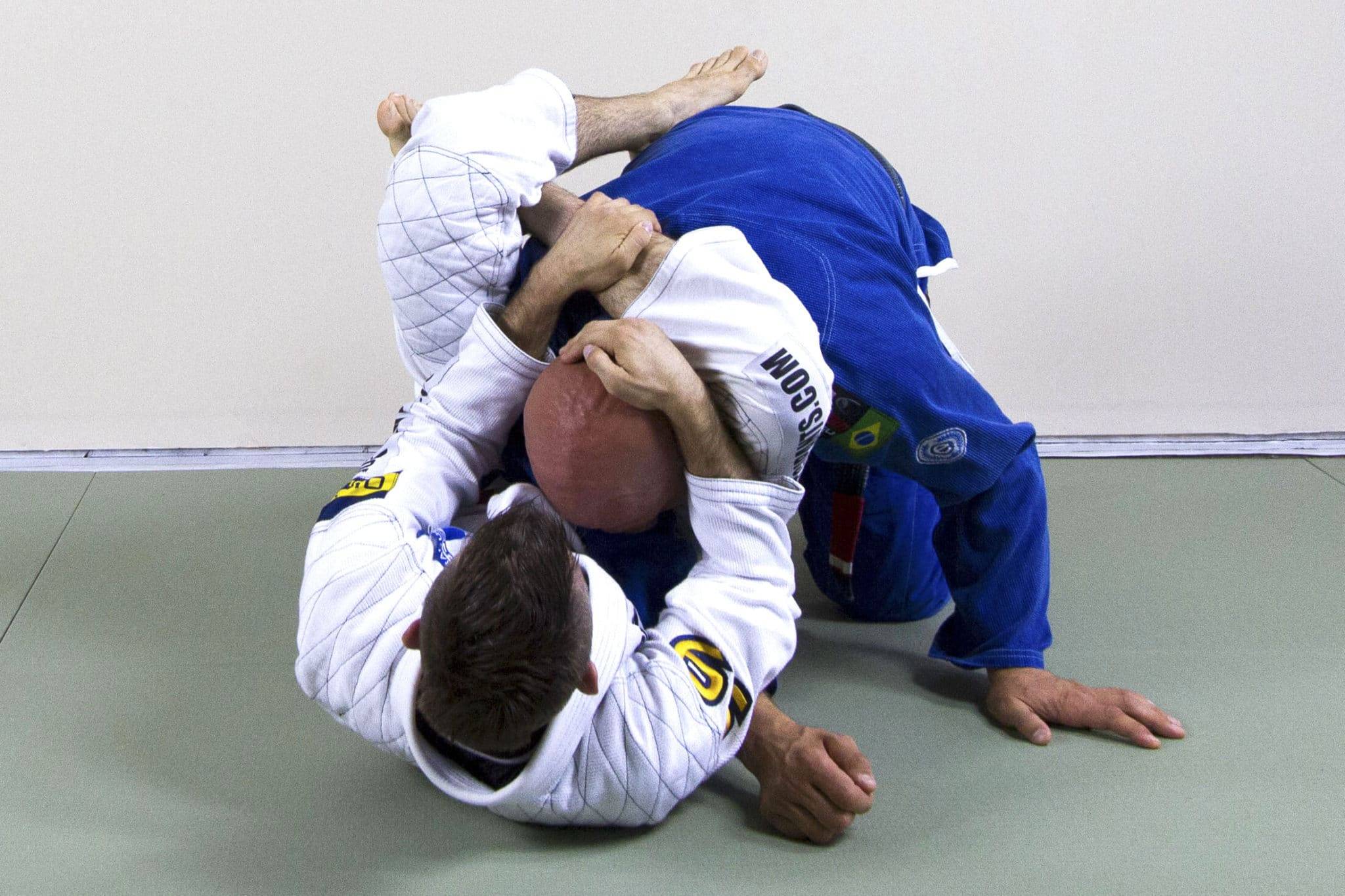
To further our understanding, we consulted Dr. Jane Smith, a sports medicine specialist with extensive experience in combat sports injuries. Dr. Smith emphasizes that immediate and appropriate treatment is crucial for cauliflower ear.
“Prompt drainage and rest are key to preventing permanent deformation”
Dr Jane Smith
Additionally, she recommends regular check-ups for athletes frequently exposed to ear trauma. While prevention is preferable, knowing how to respond to an injury is crucial. In cases of ear trauma, swift action is necessary. The ear consists of delicate cartilage covered by thin skin, making it particularly susceptible to damage. When injured, the separation of the perichondrium from the cartilage leads to fluid accumulation, causing the characteristic swelling. Immediate medical attention can prevent permanent damage.
Conclusion
Of course you can not and should not train with the mindset of avoiding positions or injuries, it’s inevitable that they will happen. But just being aware (and not spending more time there than necessary) is a good way to minimize the battering your ears might take.
- Buggy Choke: The Complete Guide - March 6, 2024
- Jiu Jitsu World League: Your Complete Guide - March 5, 2024
- How much do UFC referees make? A comprehensive guide - March 5, 2024

